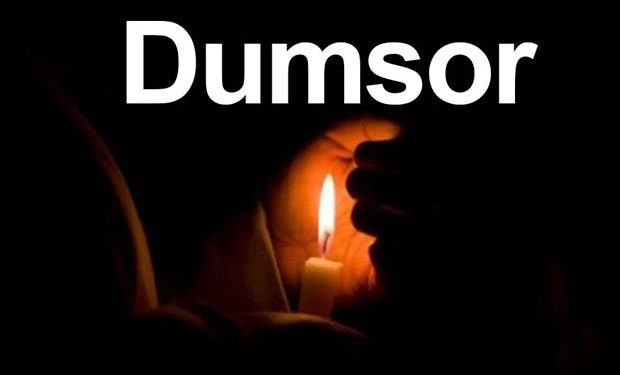The Institute for Energy Policies and Research (INSTEPR), is cautioning against a return of the power crisis (Dumsor) that bedevilled the country from 2012 – 2016, nearly crippling the economy.
According to INSTEPR, the power outages may happen as a result of bad electricity transmission and distribution systems in the country.
Electricity transmission and distribution losses this year, the energy policy analyst group says have reached 4.7 per cent and 26.63 per cent respectively.
“There are transmission losses of 4.7 per cent this year, which is 1.8 per cent higher than the projected losses of 2.7 per cent. Distribution losses have also increased to 26.63 per cent as against the regulatory Benchmark of 23.2 per cent,” the group said.
“There is a need for huge capital investment into the electricity distribution and transmission infrastructure in the country to help reduce these losses. The aborted Private Sector Participation (PSP) program with ECG was to invest over $500 million in new infrastructure to reduce these technical and commercial losses. The Institute is of the view that the PSP program should be initiated again in 2021,” INSTEPR added.
In its 2021 Outlook and Expectations in the Energy Sector report, INSTEPR notes that old transformers and substations will make the electricity network unreliable causing low voltages, overloading and power outages.
INSTEPR in its report also cautioned against the growing indebtedness of the energy sector, stating the debt could result in the collapse of the economy in the post-Covid world.
“The power sub-sector is the one area that needs serious attention as well as resources. The ESRP stipulates that if no action is taken, the indebtedness within the power sector could reach
$12,524 million by 2023 which will be about 18.7% of our current GDP. In the post Covid-19 world this growing debt can collapse the economy,” said INSTEPR.
“The Independent Power Producers (lPPs) has an unpaid invoice of up to $1.44 Billion as of September 2020, according to CIPDiB. This debt keeps growing though the Cash Waterfall Mechanism has been implemented since April 2020,” it added.
According to the group, Ghana’s peak demand for electricity is going to increase from the current 2,957 MegaWatts to 4,329 MegaWatts by 2024, hence the need for government to grow the nation’s power dependable capacity to 5,000 MegaWatts by 2024.
“The country has a total dependable power of 4657 MW as of June 2020 and a peaL demand of 2957 MW (Valco Operating One Pot). The peak demand is growing at approximately 10% year on year. The on-going industrial policy of 1D1F and the high gold prices will make the local Mining companies increase the demand for electricity. If the post Covid-19 economic environment does not affect our local Industries as in Europe and America, the total peak demand will reach around 4329 MW by 2024. This means our dependable capacity should grow to about 5,000 MW by 2024,” read the report.
Adding that, the existing Power Purchase Agreement (PPA) will determine government’s ability to generate the needed 5,000 MegaWatts dependable capacity by 2024.
“The critical decision by government that will affect the growth of Ghana’s generating capacity is the issue of TAKE OR PAY and TAKE AND PAY. In 2021, the government needs to give a clear indication on how the new policy of TAKE AND PAY will be implemented for the existing Power Purchase Agreements (PPA) which have TAKE OR PAY. Since the Minister of Finance made the announcement on the floor of parliament that all TAKE OR PAY agreements will be converted to TAKE AND PAY, nothing to that effect has happened. This has created uncertainty for investors in the power sector,” it said.








